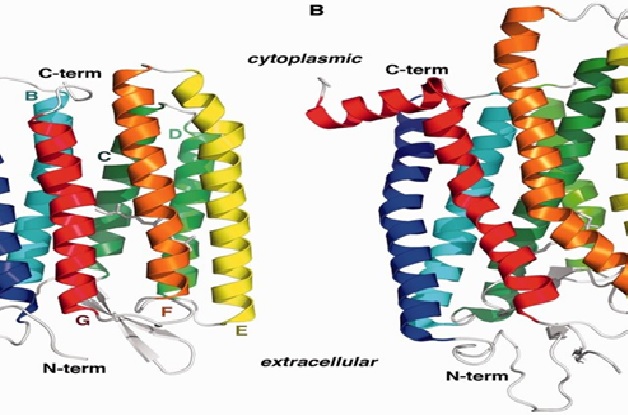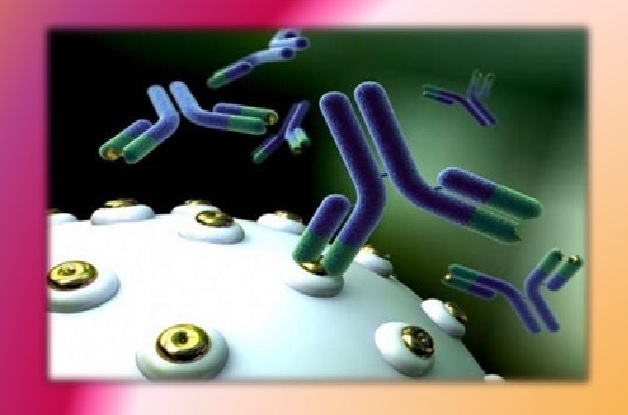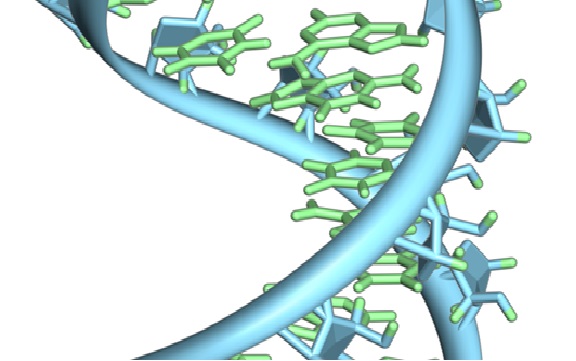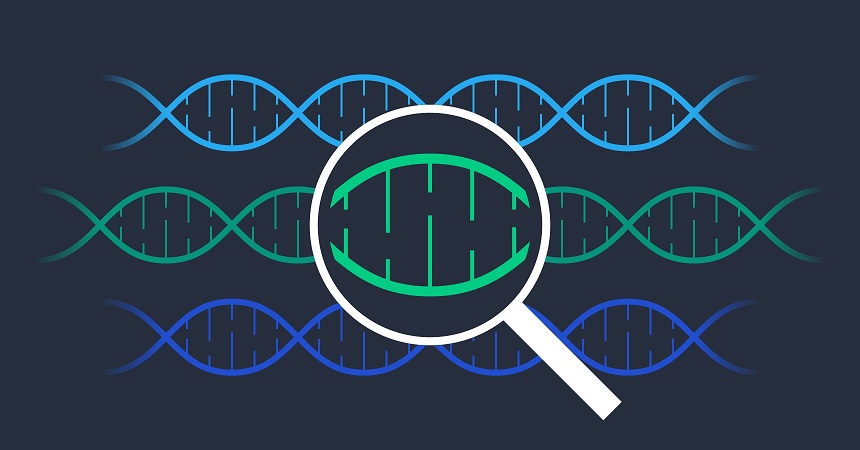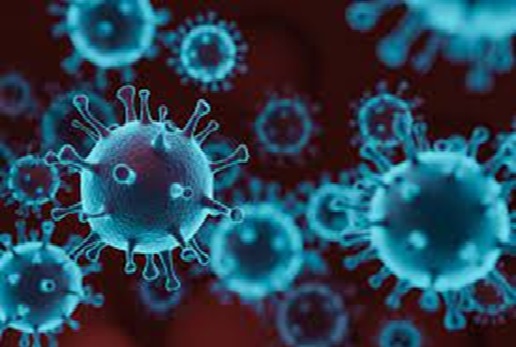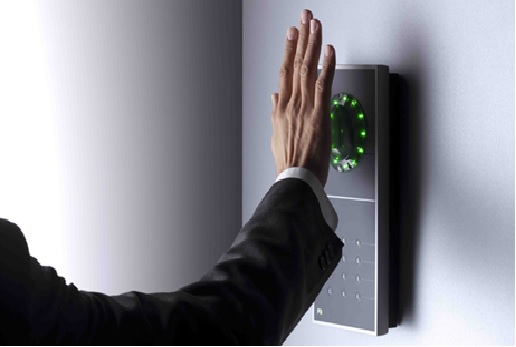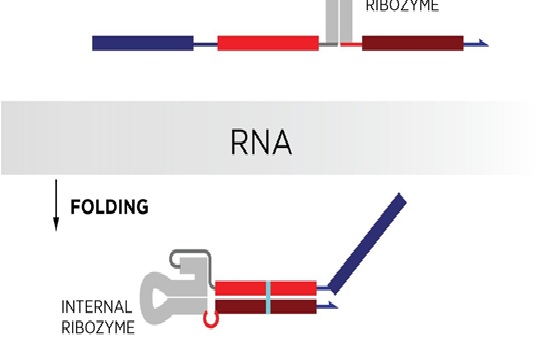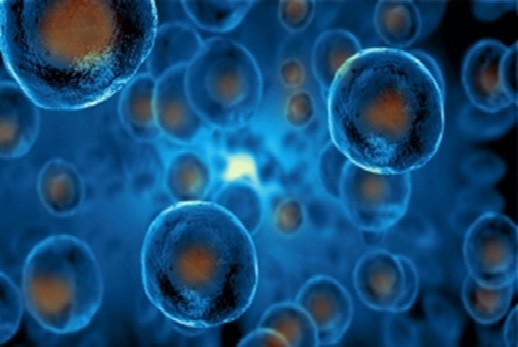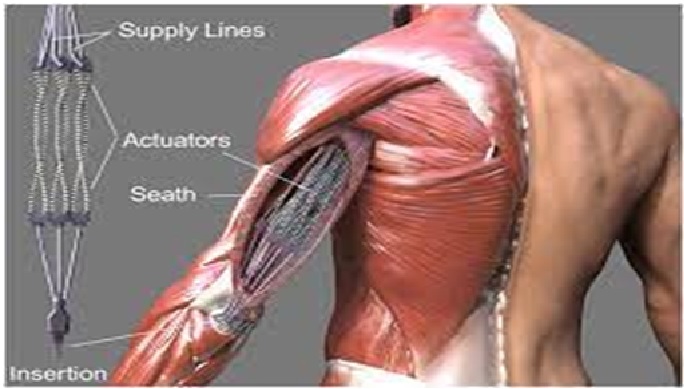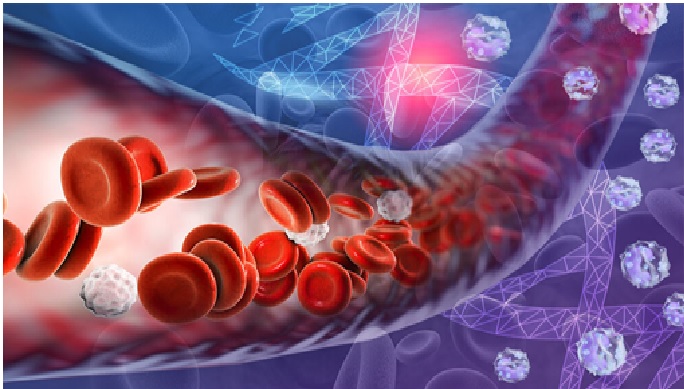DNA Typewriter Used to Send Messages Directly into DNA
Researchers at the Howard Hughes Medical Institute (HHMI) have demonstrated a "DNA Typewriter" by encoding full sentences into DNA, which may eventually function as a cellular “black box.” In the future spies could be sending secret messages encoded directly into the DNA of living cells.

Figure 1: DNA typewriter sending secret messages encoded directly into the DNA.
Figure 1 shows that DNA is an incredibly dense medium, with a single gram able to store up to 215 million GB of data – and possibly more, with some tweaking. The HHMI team developed a new system to record information to DNA easily and sequentially. The DNA Typewriter, as they call it, inserts short segments of DNA into a blank “DNA tape,” one after another from left to right.
The team created as many as 4,096 specific symbols that can be inserted, and demonstrated that the DNA Typewriter can lay them out in order to form full sentences that can be read back later. [1]
Such a massive number of symbols isn’t necessary for typing out a novel, it better suits the immense complexity of activity within a cell. With this hefty recording capacity, the DNA typewriter promises scientists a new way to examine living cells—an option beyond the typical choice of using a microscope or destroying cells in order to analyze them, Shendure says.
Leonard Zon, an HHMI, sees plenty of potential. “It’s a fascinating technology that could have great applications in the future,” he says of the DNA typewriter. scientists could use it to examine poorly-understood aspects of development, such as following the events that occur within an early embryo’s innermost layer of cells as it transforms into the gut, he says. [2]
The idea to use DNA to encode information piggybacks on the molecule’s natural function. Just as computer software is written in 1s and 0s, the DNA molecule uses a four-letter code for the instructions for living things.
In another experiment, Shendure’s team turned their recorder on the cells themselves. By tagging dividing cells with barcodes, they tracked cell divisions. After 25 days, in which one cell gave rise to about 1.2 million, the researchers analyzed the patterns in the cells’ barcodes to reconstruct their family tree.
While it tracked the history of the population of cells, this lineage experiment did not capture the processes going on within them, such as the damage or the developmental steps, Zon mentions. With some additional engineering, Shendure and his team hope to turn the typewriter into a black box-like system. [3]
References:
- https://newatlas.com/biology/dna-typewriter-full-sentences-living-cells/
- https://vervetimes.com/dna-typewriter-taps-out-messages-inside-cells/
- https://www.hhmi.org/news/dna-typewriter-taps-out-record-inside-cells
Cite this article:
Sri Vasagi K (2022), DNA Typewriter Used to Send Messages Directly into DNA, AnaTechMaz, pp.45


